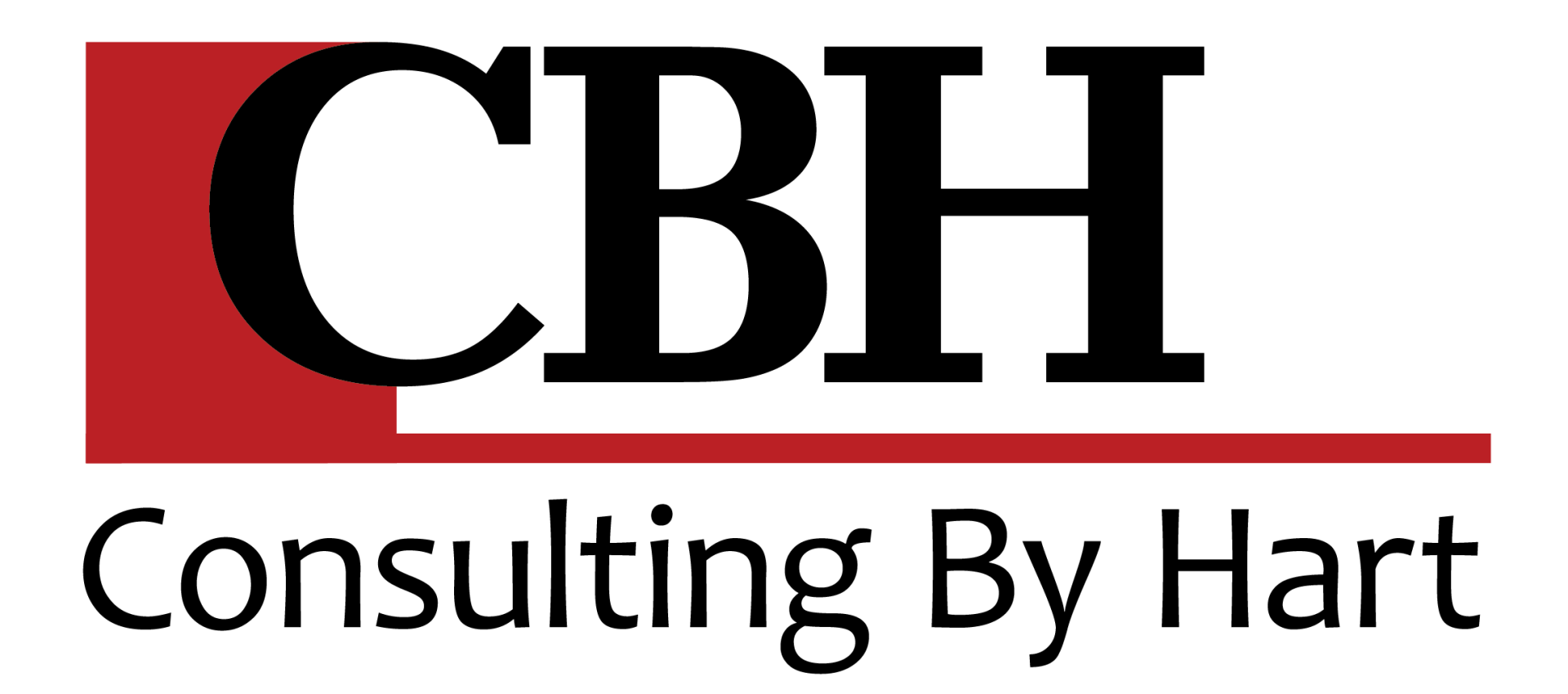Unexpected Steps to Improved Team Results
In last month’s column, I introduced my concept of the Invisible Business Arena. This is the place in which the communication-disconnects, drivers of cohesiveness and missed opportunities dwell in most businesses. This intangible space lies in between your metrics, kpi’s, apps and company specific procedures. It’s where collaboration trumps coercion and making sustainable change can be a dream come true. It’s also where frazzled entrepreneurs can find ‘aha’ moments when they least expect them. The Invisible barriers that are blocking your next-level success can be transformed into your best advantage, given practice and the right tools.
Based on my experience coaching countless industry business owners one-on-one, the following are just a few of the simple steps that you can take to strengthen your team. When done consistently, these will help to accelerate results, and improve your ability to focus on what YOU need to:
1. Show them what it looks like
Attention to detail. Accurate completion of tasks to the company standard. Sequence of work flow. Pace. Efficient processes. Safe work practices. Proper equipment operation. Materials handling methods. Proper use of apps and systems for flow of information.
All of the above (and many more) can most effectively be conveyed by demonstrating first hand what is required and expected. If a picture is worth a thousand words, then demonstration is worth a million. We work in an industry of people who like to be on the move, and who, on average, prefer to learn by doing, seeing and hearing all at the same time. The reality is, that if when the pressure is on (and you are very pressed for time), you force yourself to clearly demonstrate what’s required just once, then you will get a far better end-result, over-and-over-again on that task. Quick verbal instructions rarely work, and texts are even less effective in conveying critical (and often visual) details.
2. Explain the importance of their role
The days of finding reliable, loyal labourers who are willing to work tirelessly day after day without a sense of future opportunity or valued contribution are pretty much over. My advice: get used to it. As employers, we are now in an Era when our labour force is looking to have different (and additional) basic needs met than the entry level or moderately skilled labourers did a generation ago. Our workforce today is looking to understand where they fit, and in what way their contribution matters. This trend has become an important part of successful onboarding – and a key component in employee retention.
The more you can articulate and demonstrate ways in which employees can be successful, the better. This includes providing a clear job description which includes ‘accountabilities’ – these are simply a list of what the successful employee accomplishes. This list can be baked into a performance evaluation template. Performance evaluation!?! Yes, that’s the meeting you have with every employee two or more time a year to identify where they are and are not performing as expected and as required… here’s an example of accountabilities I created for a Contractors Crew Lead-Hand:
- Excellence in leadership (proactive, motivational, team building), communication and interpersonal skills
- Manages project budgets effectively
- Follows and enforces the company employee manual, and safety program
- Applies exceptional plant care knowledge proactively
- Ensures safe, timely and professional completion of crew tasks
- Manages conflict within the guidelines of Company violence and harassment policy
- Provides clear direction and responds to crew member questions with respect
- Prioritizes, delegates and plans effectively (use of time, materials and equipment)
- Demonstrates keen focus on Customer Experience and proactive communication
- Operates company vehicles in a safe and professional manner
- Practices good housekeeping of tools etc. on all sites at all times
- Brings concerns re safety or staff issues promptly to the attention of the Management Team
- Follows and engages staff in Company procedures and policies as outlined in the Handbook
- Punctual, dependable and “steps up” in peak season when needed
- Attends all mandatory meetings, contributes appropriately and collaborates with peers.
- Actively contributes to effective management of resources (schedule, logistics, etc.)
3. Listen to them
If your door is open, they will come. And you will build inclusivity in your company culture. If your door is closed, (ie you project yourself as being authoritarian and unwilling to change your ways) they will most probably bring neither their creative ideas nor their full potential to their work.
Some of the best ideas I ever built into my company operations and systems came from my staff. The sooner I realized that what was best for my business came more often from listening to the growing collective wisdom of my team, than from an outsourced system, the sooner I saw sustainable changes made to improve efficiency and effectiveness. When new ideas come from them, you need not worry about gaining ‘buy-in’.
In addition to gaining right-fit solutions to improve productivity, a better, more cohesive team can emerge. The bottom line is when people know that their opinion counts, they try harder. A cautionary note for clarity: this concept doesn’t mean that your employees are given permission to ‘drive the company bus’… or that in any way you create an expectation whereby you would adopt every suggestion they make. Rather, you encourage their ideas, discuss benefits, weigh cons, and adapt where beneficial with an open mind, but a sharp eye on outcomes.
I suggest that you identify where your business is truly performing and contributing to profit, where it isn’t… and then consider what ‘invisible’ factors may be contributing to your results. I can pretty much guarantee that the true drivers of your success (or lack thereof) are hiding in the ether between your systems, policies and productivity.
Other Articles That May Interest You:





